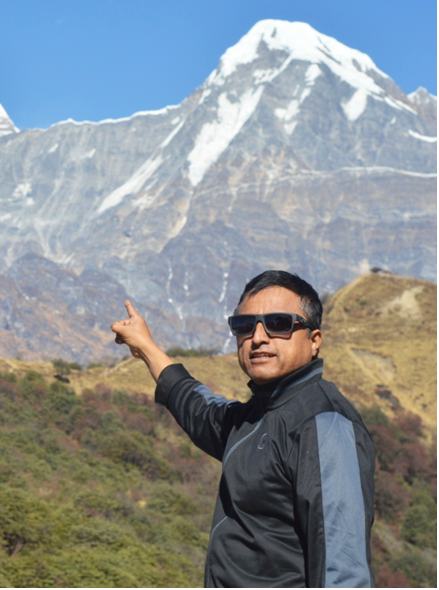The community project in Nepal is an opportunity to make a real difference in the lives of local people while also immersing yourself in the rich culture and traditions of the region. As a volunteer, you will have the chance to get involved in a variety of activities that will not only benefit the community, but also allow you to gain a deeper understanding of the people and the region.
Teaching in nearby schools is a crucial part of the project since you will get to engage with kids and aid in their skill and knowledge development. You will discover that this is a gratifying and fulfilling experience,regardless of your lev-el of experience in the teaching profession.
Along with teaching, you will have the chance to interact with the kids through games and other activities, fostering relationships and fostering a healthy learning environment.
The project’s physical contribution to the infrastructural growth of the institution is another crucial component. Painting, building repairs, and other initiatives that serve to enhance the facilities and offer a better learning environment for the kids can fall under this category.
The project also includes adult literacy programs, which are crucial because they offer a chance to Empower the neighborhood and give people the tools they need to change their lives.
Along with volunteering, you will have the chance to meet the locals and take part in customary celebrations including Dashain, Tihar, Lhosar, and Holi. This is a special chance to take in Nepal’s diverse culture and rejoice with the locals in a way that is entirely genuine.
Overall, participating in the community project in Nepal is a remarkable experience that gives you the ability to both directly improve the lives of the locals and immerse yourself in the area’s rich culture and traditions. This project is for you if you’re seeking for a worthwhile and fulfilling volunteer opportunity.
After finishing the community project, you will get the chance to go on the trip to Annapurna base camp, which is another thrilling adventure. With amazing views of mountains like Annapurna and Dhaulagiri, as well as a wide variety of flora and fauna, this trek takes you through some of the most stunning environments in the entire globe. Any adventure seeker will find the walk to be demanding and gratifying as it ascends from 850 meters to 4130 meters in altitude.




